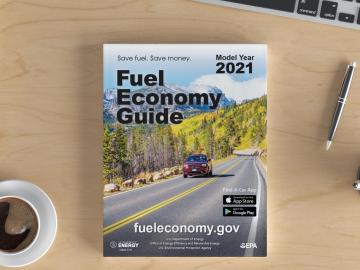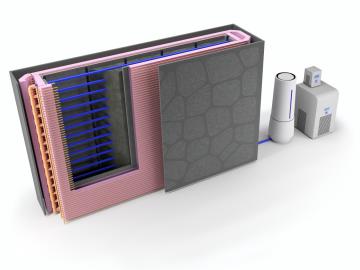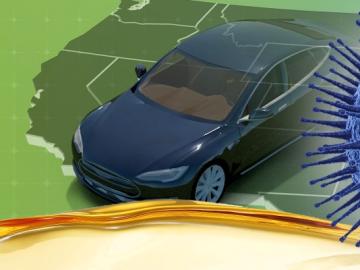
Filter News
Area of Research
- (-) Energy Science (53)
- (-) Fusion Energy (7)
- Advanced Manufacturing (11)
- Biology and Environment (8)
- Building Technologies (1)
- Computational Biology (1)
- Computational Engineering (1)
- Computer Science (4)
- Fusion and Fission (2)
- Isotopes (1)
- Materials (21)
- Materials for Computing (5)
- National Security (2)
- Neutron Science (24)
- Nuclear Science and Technology (11)
- Nuclear Systems Modeling, Simulation and Validation (1)
- Supercomputing (8)
- Transportation Systems (2)
News Topics
- (-) 3-D Printing/Advanced Manufacturing (24)
- (-) Artificial Intelligence (1)
- (-) Biomedical (1)
- (-) Coronavirus (2)
- (-) Fusion (6)
- (-) Machine Learning (2)
- (-) Nuclear Energy (6)
- (-) Transportation (26)
- Advanced Reactors (6)
- Big Data (1)
- Bioenergy (2)
- Biology (2)
- Biotechnology (1)
- Buildings (13)
- Chemical Sciences (1)
- Clean Water (4)
- Composites (9)
- Computer Science (11)
- Critical Materials (4)
- Energy Storage (21)
- Environment (15)
- Frontier (1)
- Grid (15)
- High-Performance Computing (1)
- Hydropower (2)
- Materials (12)
- Materials Science (11)
- Mathematics (1)
- Mercury (1)
- Microscopy (2)
- Nanotechnology (1)
- Polymers (5)
- Simulation (1)
- Space Exploration (2)
- Statistics (1)
- Summit (1)
Media Contacts

A team of Oak Ridge National Laboratory researchers demonstrated that an additively manufactured hot stamping die – a tool used to create car body components – cooled faster than those produced by conventional manufacturing methods.

Oak Ridge National Laboratory researchers have demonstrated that a new class of superalloys made of cobalt and nickel remains crack-free and defect-resistant in extreme heat, making them conducive for use in metal-based 3D printing applications.

Fuel economy can take a tumble when temperatures plummet, according to the Department of Energy’s 2021 Fuel Economy Guide. Compiled by researchers at Oak Ridge National Laboratory, the guide includes several tips to improve a vehicle’s fuel performance.

Algorithms developed at Oak Ridge National Laboratory can greatly enhance X-ray computed tomography images of 3D-printed metal parts, resulting in more accurate, faster scans.

If air taxis become a viable mode of transportation, Oak Ridge National Laboratory researchers have estimated they could reduce fuel consumption significantly while alleviating traffic congestion.

A developing method to gauge the occurrence of a nuclear reactor anomaly has the potential to save millions of dollars.

Oak Ridge National Laboratory researchers used additive manufacturing to build a first-of-its kind smart wall called EMPOWER.

Oak Ridge National Laboratory researchers have developed a machine learning model that could help predict the impact pandemics such as COVID-19 have on fuel demand in the United States.

Combining expertise in physics, applied math and computing, Oak Ridge National Laboratory scientists are expanding the possibilities for simulating electromagnetic fields that underpin phenomena in materials design and telecommunications.

Researchers at Oak Ridge National Laboratory developed a method that uses machine learning to predict seasonal fire risk in Africa, where half of the world’s wildfire-related carbon emissions originate.


